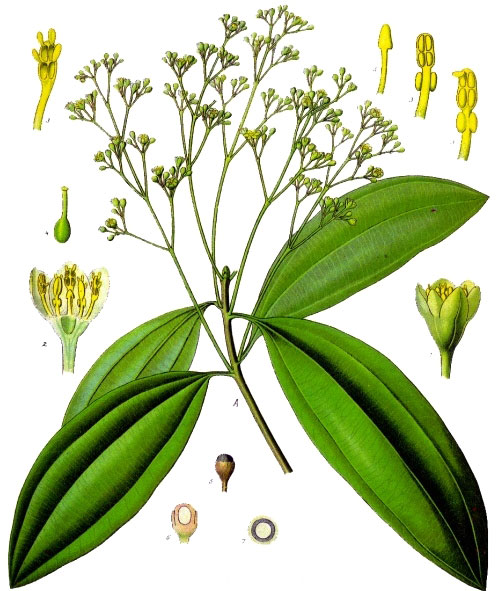Cassia

Origin: China
Family: Lauraceae
Scientific Name: Cinnamomum cassia
Folk Names: Bastard cinnamon, Chinese cinnamon, Canton cassia, cassia bark, false cinnamon
Note: Much of what is sold as cinnamon is technically cassia - the two are closely related and can be used interchangeably. Cassia is cheaper than cinnamon, and has is less strong and savoury in flavours. If using in cooking, cassia is much more suited to sweet dishes.
Magical
Element: Fire
Day: Sunday
Planet: The Sun
Zodiac: Leo
Associated Celebrations: Yule
Deities: Aphrodite, Asclepius, Helios, Ra, Venus, Dionysus
Parts used: Bark
Magical Properties: Psychic skills (astral projection, clairvoyance, divination, meditation), health, love, lust, prosperity, purification, protection, spirituality, money/wealth, passion
Substitutions: Cinnamon
Aromatherapy
Part Used: Leaves or bark
Extraction Method: Steam distillation
Flash Point: 91°C
Scent Type: Spicy
Perfume Note: Top
Scent Description: Warm, spicy scent
Aromatherapeutic Uses
Cassia oil is warming and uplifting. It can stimulate circulation and benefit arthritis and rheumatism.
Warnings:
- Avoid during pregnancy.
- Unsafe for use if taking blood-thinning medication.
- Extremely sensitising, frequent use can cause allergies to develop.
- Not recommended for topical use: always wear non-latex gloves when handling.
Botanical
Type: Tree
Plant Height: 10-15m
Bark: Greyish, aromatic bark
Leaves: Hard, elongated leaves, 10-15cm long, which start as a reddish colour
Flowers: Tiny, clustered, pale yellow flowers
Fruit: Small purplish-black fruit
